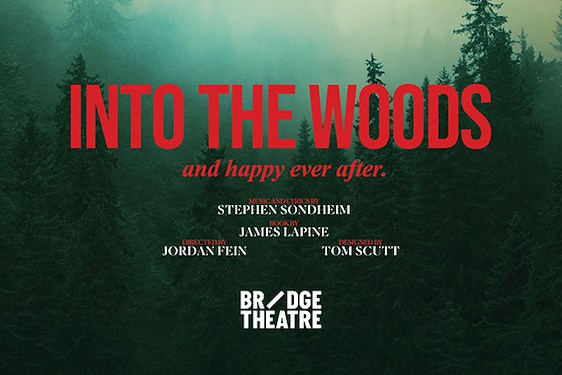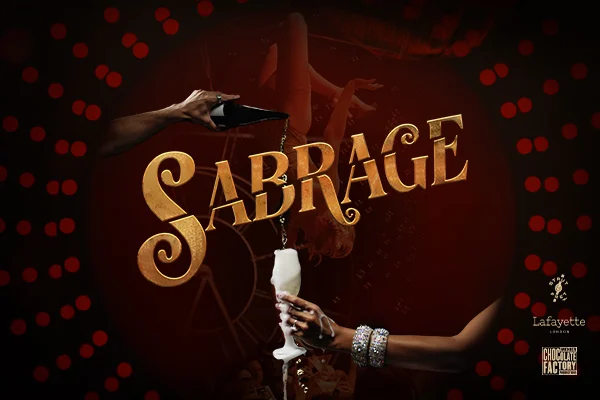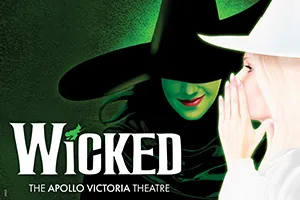We invited New York comedian Julia VanderVeen to to give us her perspective on the relationship between audience and performer.
When creating art, the truth is an excellent place to start
It's easy to see how it happens. A performer wants to write or devise something original and they want to make it personal and risky - and shareable - so they mine themselves for every effed up experience that has ever happened to them, often landing on the most effed up, which very often also happens to be the most tender or cringe-worthy and perhaps is not quite ready for public consumption.
All of us as solo artists secretly and not so secretly hope that we will open our mouths and share something so heart-wrenching, so universally true, that the audience will be forever changed by it and we will be catapulted into fame and fortune, in reach of all of our Netflix dreams. But unfortunately, what often ends up happening while we're searching for that magic ticket that will make us trend-worthy, is a lot of oversharing and trauma dumping on an audience that may or may not be prepared for it and may or may not have the capacity or interest to listen to it.
The most recent pop culture example of this was the breakdown in Baby Reindeer that was dramatised in the series, but happened in real life. "He's so brave," my friends said. I disagree. The absolute lack of boundary and self-care that Richard Gadd displayed with his breakdown is in my opinion, not for the theatre. Your best friend is the place for that, your therapist, perhaps a family member or even a minister. Someone who cares about you. Not strangers in an audience who may or may not be able to handle your trauma.
What is missing in some solo work is the theatrical container to get from the idea or the trauma into the realm of theatre that makes it watchable for the audience. When I was a freshman in college, I did a production of Lanford Wilson's Burn This. I was 18 years old, self conscious and clammy, and awkward in my budding sexuality. I'm quite sure that I was quite bad. But from that experience, I got a line of great advice from the playwright himself. “Make it as personal as you can. Believe me, you can't imagine a feeling everyone hasn't had. Make it personal, tell the truth, and then write ‘Burn this’ on it.”
My show, My Grandmother’s Eyepatch, is a memorial service for my long dead grandmother and one of the themes I explore in it is grief, and I invite the audience to explore grief with me. One way I do this is by playing a lot of games with the audience and for the audience so they can laugh at my stupidity and therefore, laugh at the universal stupidity of being human. These games range from the game of "I forgot my lines" to riding a cane with a rubber horse head on it to dropping many decks of cards I have hidden in my costume that I cannot seem to do a magic trick with. All these games are in service to the big game of theatre.
When creating art, the truth is an excellent place to start. When we are truthful as writers or comedians, the specificity of our own experience paradoxically makes the telling universal. For example, perhaps someone from the UK hasn't attended an American southern funeral like my grandmother would have, but in experiencing the customs of the funeral, the audience will inevitably recall their own specific funeral customs. Being vulnerable and risking something makes for great storytelling and for great theatre. It makes the audience feel closer to the performer because the performer is risking being authentic and letting their vulnerability and humanity show. This can get tricky, however, when a performer doesn't know their limits with their personal trauma, and especially when they are addressing the audience directly, leading the audience to feel like they have to take care of the performer.
When a playwright pulls from personal experience — as opposed to a comic or storyteller — there is a built in level of separation for the audience. The playwright tells the story in a container, a whole world in which the play is built, with a fourth wall giving the audience a level of separation and of safety. The audience are voyeurs of the story but are not participating in the story directly. However, when storytellers or comics are using their own personal narrative or trauma in direct address to the audience, it is pertinent that they be very thoughtful about how they are approaching the work. Because of the direct address, the audience feels more implicated and more directly involved in the story. I do this at one point in my show when I take a poll of the audience to see if they think I should quit performing to become a mother. This is a very real question for me that I am currently grappling with.
However, when I ask this question in my show, it is a game. I don't plan on putting the decision of whether I should be a mother in the hands of people who have known me for less than an hour. I am nodding to the absurdity of the question and also the innate need that performers have for approval. At that moment, I am not asking the audience to take care of me.
We go to the theatre to escape: to laugh, to cry, to experience something universal or controversial together as a group of people in a room, but whatever it is, it should definitely be an event, the event of theatre. The theatre is a place for our imagination and it is a big game that we all agree to play when we walk in. We know full well the performers are pretending from the moment they walk on stage, and we accept that and we like it. As for a performer's personal trauma? Meh. Maybe best to leave dealing with that to the professionals.


















